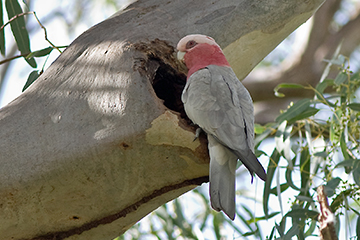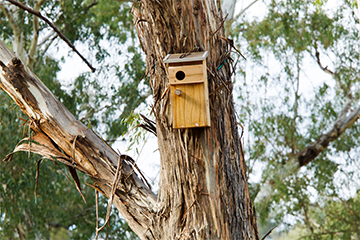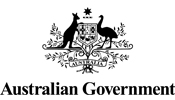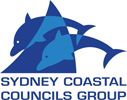Habitats and how to create them
Inner West is home to a surprising number of native plants and animals. Everyone can help wildlife by supporting the creation, protection and improvement of habitat havens. These can be found in bushcare sites, parks, backyards and even our street verges and trees.
Consider the following actions to help our native wildlife:
- Be mindful of how your daily actions impact native plants and animals; have a look at WIRES information about not feeding wildlife
- Create a welcoming garden for birds. Check the Birds in backyards webpage or check their video for some tips.
- Follow Birdlife Australia’s social media hashtag #birdingathome and become one of the locals learning about birds
- Be a responsible cat and dog owner
- Use local native plants on your property
- Join in on Citizen Science activities
- Become a bushcare volunteer at one of 11 sites in the Inner West

Plant Native Plants in Your Garden
Using local native plants in your garden is a great way to create habitat for wildlife. A wide range of plants including ground covers, shrubs and trees, is available from Council's native plant nurseries.
Get advice on what is currently in stock and what plants are best suited for your garden.

Habitat Stepping Stones

Inner West Council has joined the Habitat Stepping Stones program!
You're invited to sign up and start creating habitat in your backyard or balcony.
It's free to join and you'll receive a pledge pack plus great discounts at local nurseries and gardening centres.
Choose as many food, water and shelter elements as you like to add to your garden. By creating habitat, you are helping our native animals and plants thrive in the Inner West!
To learn more check their video about the program.
Join by going to the Habitat Stepping Stones website and choose Inner West as your council area.
Hollows as Homes
Hollows as Homes launched in March 2016 and is coordinated by the Royal Botanic Garden, the University of Sydney, and Australian Museum. Inner West Council is one of 30 councils encouraging community participation in this project. With the help of the community, this project aims to find out how many tree hollows are available and how wildlife use them across the Sydney region.

How does it work?
The Hollows as Homes team wants people to report tree hollows in their backyards, streets, parks and/or paddocks through the Hollows as Homes website. Participants take measurements of the hollow-bearing trees and periodically monitor and report the wildlife using the hollows. Training is available through workshops and the website.
Why Do it?
In urban and agricultural areas, large hollow-bearing trees are disappearing, but many species of animals rely on tree hollows. In NSW, animals depending on hollows include at least 46 mammals, 81 birds, 31 reptiles and 16 frogs. Of these,40 species are listed as threatened with extinction. This is why the ‘loss of hollow-bearing trees’has been listed as a key threatening process.
Hollow-bearing trees in urban areas are commonly removed as a safety precaution. However a new method of cut-in hollows has been developed, which aims to safely keep trees to increase hollow habitat which is important to protect biodiversity. Cut-in hollows complement the established method of nest boxes.
How is the information used?
The information people provide will be used to build a picture of the location, type and number of hollows available in different local areas, as well as the wildlife using these hollows. The information helps councils make plans and decisions to keep important habitat trees in their areas, plant new habitat trees in the future and create missing habitat (e.g. small, medium or large hollows). Hollows as Homes therefore welcomes reports of nest boxes and cut-in hollows in addition to natural tree hollows.

Contact
For more information contact Dr Adrian Davis hollows.ashomes@gmail.com or visit facebook.com/hollowsashomes. Hollows as Homes is supported by the Sydney Coastal Councils Group through funding from the Australian Government.

